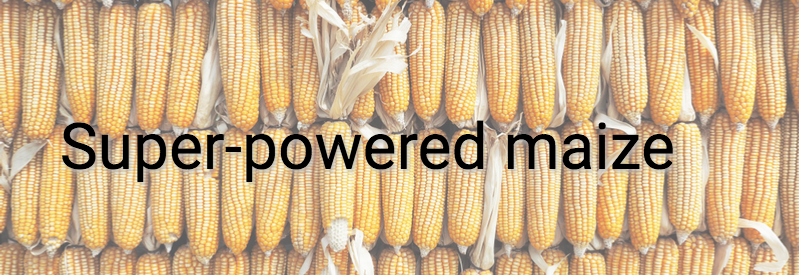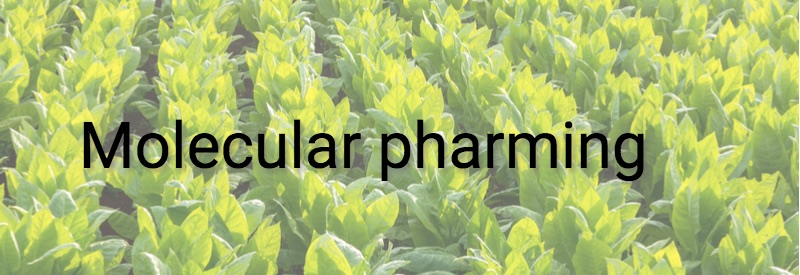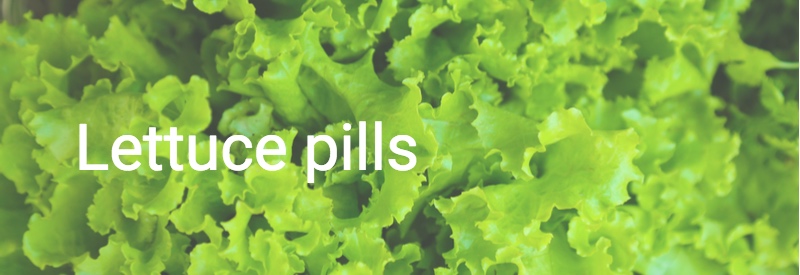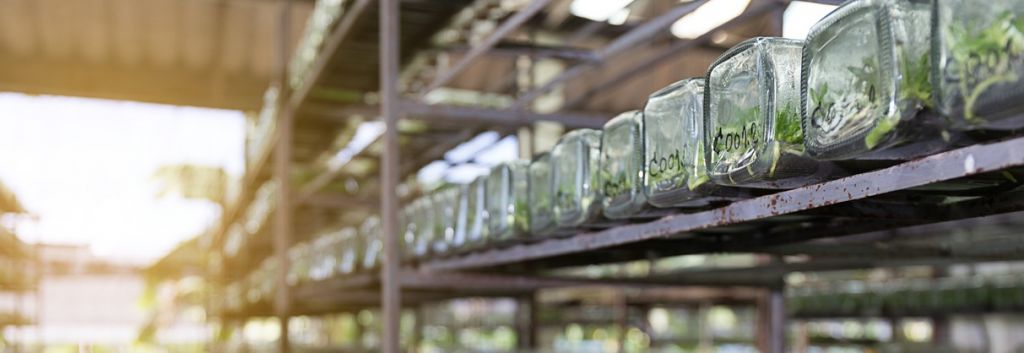Newsletter Signup - Under Article / In Page
"*" indicates required fields
From super crops to better medicines, biotechnology from plants could make a big difference in our lives. Here’s how.
What have plants ever done for us? Well, a colossal amount of things. Throughout human history, they have fed us, made medicinal compounds, given us clothes, produced oxygen and much more. However, what if there were plants that did these things better, such as containing more vitamins, or growing medicines cheaply? In a recent conference held by the UK’s Society of Experimental Biology in Florence, I spoke to biotechnologists that had assembled to show off their research regarding this question. Their grand aim is to improve human nutrition and health using plant biotechnology.
 Many are familiar with Golden Rice, a transgenic rice designed to supplement Vitamin A in our diet. Even more ambitiously, a group in the University of Lleida, Spain, have developed Carolight, a transgenic maize that provides a whole cocktail of essential nutrients, including iron, folic acid and vitamins A, C and E.
Many are familiar with Golden Rice, a transgenic rice designed to supplement Vitamin A in our diet. Even more ambitiously, a group in the University of Lleida, Spain, have developed Carolight, a transgenic maize that provides a whole cocktail of essential nutrients, including iron, folic acid and vitamins A, C and E.
“Our target demographic is the poor population in developing countries,” explained Paul Christou, who leads the group. “These people suffer from multiple vitamin deficiencies so this will provide them with their essential nutrients in one simple package.”
This exciting new crop is now awaiting regulatory approval in South Africa, a complicated process that could take several years. Christou wants to stay independent from corporate backers, instead relying on funding from the taxpayer: “Demonstrating that we are not in the hands of multinationals helps to dispel misconceptions about our fundamental aim: to provide the poor with crucial nutrients.”

Another complicated job that takes years is making oilseed fishy. Johnathan Napier from Rothamsted Research Centre, UK, has painstakingly reproduced the genetic pathway for synthesizing fish oil in transgenic Camelina.
Why fish oil? “Fish oil contains omega-3 fatty acids, which are very good for our cardiovascular health and much more,” answered Napier. Confusingly, fish do not in fact produce fish oil. They instead obtain it from the marine food chain, meaning that the booming fish-farming industry must feed them the oil (often through feeding them wild fish) to provide these oils to their stocks.
Having now successfully grown the transgenic Camelina in the field, Napier aims to have this crop approved for growing in South America. “This transgenic plant contains up to 30% fish oils,” he enthused. “It is crucial because it allows us to relieve fisheries and to provide these healthy oils to a growing global population.”

Could you imagine a world in which clinical treatments for illnesses such as cancer grew on trees? Professor Julian Ma of St George’s, University of London, UK, is doing just this: growing antibodies – proteins made by the immune system to target pathogens – in transgenic tobacco plants.
“Traditionally, protein pharmaceuticals, or biopharmaceuticals, are manufactured in vats using bacteria or yeast, which is an expensive process and a limitation to developing countries. Using plants reduces the costs of investment, manufacture and storage, making it all more scalable,” he said.
This manufacturing technique, called molecular pharming, has been in development for 20 years, but regulatory hurdles have only recently been overcome. Now, molecular pharming facilities worldwide are growing regulatory-standard biopharmaceuticals using robotic automation. “The commercialization of Molecular Pharming is already in progress,” continued Ma. “The company Medicago is completing Phase III clinical trials for a plant-produced influenza vaccine; it will likely be on the market within a few years.”

One key disadvantage of biopharmaceuticals, such as insulin in diabetes, is that they cannot be administered orally because the large molecules are digested and cannot cross the intestinal wall. Henry Daniell of the University of Pennsylvania, US, uses capsules of freeze-dried transgenic lettuce to sneak biopharmaceuticals past this formidable barrier.
“By expressing these proteins inside chloroplasts, the intracellular site of photosynthesis in plants, we can use the indigestible plant cell wall to protect the protein from digestion in the stomach, and we add an extra protein ‘tag’ to get the biopharmaceutical past the gut lining,” he explained.
Daniell hopes to receive FDA approval to launch clinical trials within several years. “This is achievable because major pharmaceutical companies like Bayer are helping to fund this work; it allows them to enhance their own existing biopharmaceutical products as well as making production cheaper.”
 It is easy to forget the critical role of plants in our lives, yet they are the powerhouses of many industries. These new advances showcase the potential of plant biotechnology to change the way people eat and treat illnesses. The main hurdles for these technologies are as much regulatory as technical, meaning that we still have years ahead before they can be used on a large scale. Until then, it will be worth keeping an eye on new plant biotechnologies emerging from the undergrowth.
It is easy to forget the critical role of plants in our lives, yet they are the powerhouses of many industries. These new advances showcase the potential of plant biotechnology to change the way people eat and treat illnesses. The main hurdles for these technologies are as much regulatory as technical, meaning that we still have years ahead before they can be used on a large scale. Until then, it will be worth keeping an eye on new plant biotechnologies emerging from the undergrowth.
Images via Shutterstock
Partnering 2030: FME Industries Report







